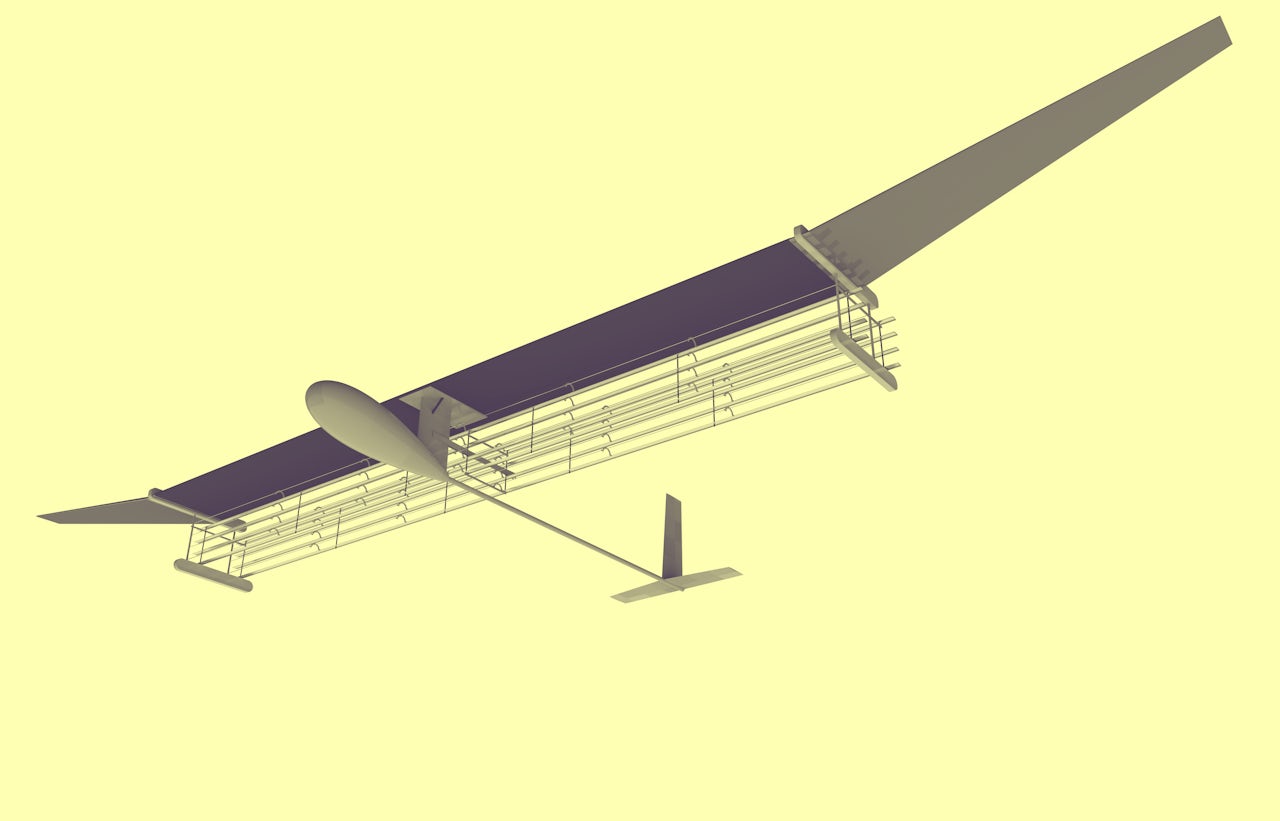Guzzling over six million barrels of jet fuel each day, air travel makes a serious contribution to climate change— and its impact on the planet is only set to increase. By 2050 the EU predicts that the aviation industry’s share of global emissions could rise 10-fold to 22 percent.
To combat this problem, today engineers at MIT unveiled this Wednesday a prototype “ionic wind” airplane, powered by electricity. It’s also the first-ever aircraft ever to fly with no moving parts, so it’s completely silent.
If this sounds a little sci-fi, it’s because Star Trek’s futuristic shuttlecraft were an inspiration for team-member Steven Barrett, who avidly watched the show as a child. "This made me think, in the long-term future, planes shouldn't have propellers and turbines," Barrett, associate professor of aeronautics and astronautics at MIT, said in a news release. "They should be more like the shuttles in 'Star Trek,' that have just a blue glow and silently glide."
Airbus, Boeing and — you guessed it — Elon Musk are all racing to develop electric-powered, commercially viable aircraft. But Barrett’s blueprint is radically different from existing designs, which still depend on jet engines — albeit battery powered ones.
In the journal Nature, the MIT-team describe how the wings of the ionic-wind craft are strung with thin wires that carry electricity at 40,000 volts. The wires strip electrons from nearby air molecules to create ions, which then hurtle towards another set of wires on the opposite end of the wing. En route these ions smash into air molecules millions of times, thrusting the aircraft forward.
Scientists have toyed with the idea of ionic-wind propulsion since the 1960s. As recently as 2009, a NASA investigation concluded that ionic-wind propulsion “did not seem very practical.”
After working on the problem for almost a decade, Barrett turned his back-of-the-envelope calculations into a prototype that flew the length of a 60-metre MIT gymnasium. "It took a long time to get here," he said. "Now the possibilities for this kind of propulsion system are viable."
The real challenge facing all electric aircraft, including ionic ones, is battery technology: Pound for pound, jet fuel packs about 14 times the energy of our most advanced electric batteries. Onboard an airplane, pushing upwards against the Earth’s gravity, weight counts for everything.
The MIT prototype is pint-sized, with a five-metre wingspan lifting a five-pound fuselage. But Barrett hopes that we will see fixed-wing drones powered by ionic winds in a decade or so. “For anything carrying people, if that’s viable, we’re talking twenty-plus years,” Barrett told The Outline.
